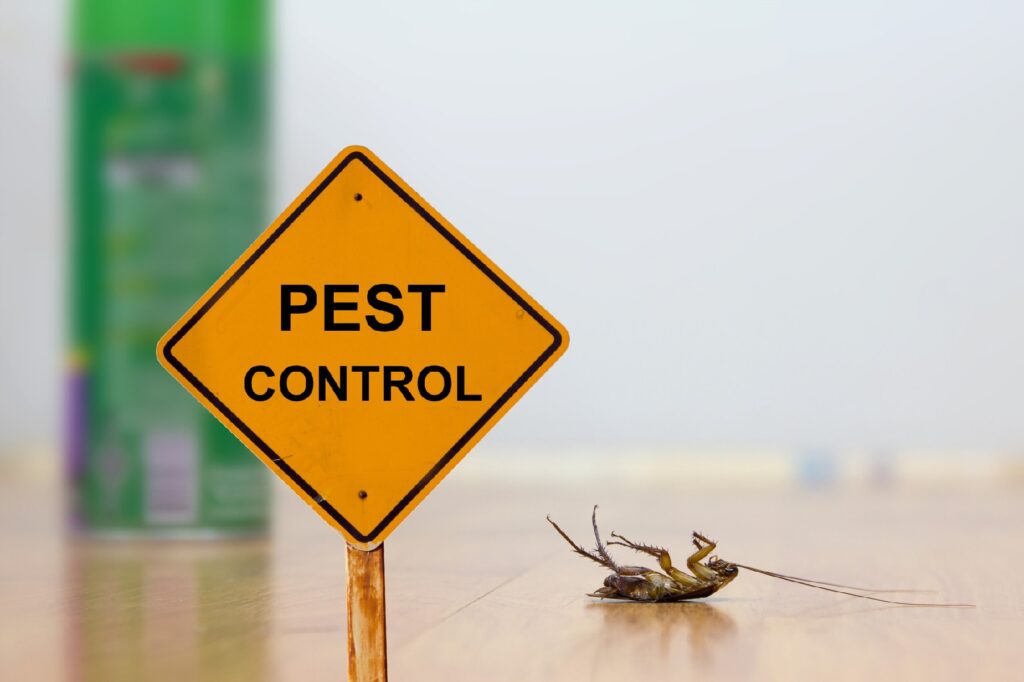Bed Insect Treatment Malfunction: Contrasting Chemical Vs. Non-Chemical Solutions
In the realm of parasite control, particularly when managing the relentless concern of bed bugs, the option in between chemical and non-chemical therapy remedies can be a crucial one. Both approaches provide unique advantages and downsides, influencing aspects such as efficiency, safety and security factors to consider, and general cost. By examining the nuanced details of each method, a more clear understanding of which path to seek in resolving a bed pest invasion can be obtained.
Performance of Chemical Therapies
Chemical therapies for bed pest infestations have actually been commonly acknowledged for their powerful and quick efficiency in getting rid of these pests. When considering the efficiency of chemical treatments, it is vital to comprehend that they can supply a detailed and quick service to a bed pest problem. Specialist pest control experts commonly depend on insecticides to target bed bugs at numerous phases of their life cycle, including fairies, eggs, and adults. These chemicals commonly work by interfering with the bed pests' worried system, resulting in paralysis and eventual death.
Moreover, chemical treatments have the benefit of using residual results, meaning that they can remain to get rid of bed pests even after the preliminary application. This recurring action is particularly advantageous in combating any kind of prospective re-infestations. Furthermore, the rapid activity of chemical treatments can bring relief to people facing severe bed insect problems, allowing them to gain back control of their living rooms rapidly.
Safety Worry About Chemical Solutions
When making use of chemical services for bed bug therapy is making certain the safety and security of occupants and the atmosphere,One crucial aspect that calls for cautious consideration. While chemical therapies can be reliable in eradicating bed pests, they might position dangers otherwise handled correctly. Among the primary safety and security concerns with chemical remedies is the prospective damage they can cause to human health. Direct exposure to certain chemicals made use of in bed bug treatments can lead to respiratory system problems, skin irritability, or other unfavorable reactions, especially in people with pre-existing problems or sensitivities. In addition, inappropriate application or dosage of chemical pesticides can lead to poisonous deposits sticking around in the cured area, positioning long-term wellness risks to residents.
Furthermore, the environmental impact of chemical services is another substantial factor to consider. Some chemicals utilized in bed insect therapies may be hazardous to advantageous insects, wild animals, and communities if they seep right into the soil or water systems. It is vital to make use of chemical treatments judiciously, complying with security standards, and thinking about much less poisonous options to reduce these threats and ensure the safe and effective management of bed bug problems.
Advantages of Non-Chemical Approaches
Thinking about the possible safety and security concerns and environmental influence related to chemical options for bed insect therapy, exploring non-chemical strategies presents a promising option with numerous distinctive advantages. Non-chemical methods supply a safer alternative for houses, particularly those with children, family pets, or people conscious harsh chemicals. These strategies eliminate the dangers of exposure to toxic substances, reducing the capacity for damaging wellness impacts. Furthermore, non-chemical treatments are eco friendly, as they do not add to air or water pollution, making them a sustainable selection for bug control.
Furthermore, non-chemical options can be efficient in targeting bed insects, including hard-to-reach locations where chemical treatments might not pass through. Methods such as warmth therapy, vacuuming, vapor cleansing, and mattress encasements provide detailed elimination without the use of damaging chemicals. Moreover, non-chemical techniques can be much less turbulent, calling for very little preparation and enabling for quicker reentry right into dealt with areas. Overall, selecting non-chemical bed pest treatment methods not just prioritizes safety and environmental management but also makes certain detailed and effective insect control.
Limitations of Non-Chemical Treatments

Furthermore, non-chemical treatments frequently need several applications to achieve successful removal. This can be taxing and may not always assure complete elimination of all bed pests and their eggs, specifically in hard-to-reach or surprise locations.
Additionally, the success of non-chemical treatments heavily depends on proper execution and thoroughness, which can be testing for people without expert expertise. Insufficient application of non-chemical techniques might lead to insufficient obliteration, leading to relentless infestations and the need for added therapies.
Consequently, while non-chemical treatments have their advantages, it try this website is necessary to recognize these restrictions and consider them when identifying the most effective technique for handling bed bug invasions.
Price Contrast: Chemical Vs. Non-Chemical Options
Given the constraints associated with non-chemical therapies, an essential element to review in the context of bed bug monitoring is the expense comparison in between chemical and non-chemical options. In comparison, non-chemical treatments like heat treatment or steam can be extra pricey, with expenses ranging from $1,000 to $6,000 for a whole home. While the initial price of chemical therapies may appear reduced, multiple treatments may be required to totally get rid of the infestation, potentially boosting the general expense.
Conclusion

Thinking about the prospective security worries and environmental effect associated with chemical solutions for bed pest therapy, exploring non-chemical methods provides an encouraging choice with several distinct benefits.Given the constraints associated with non-chemical therapies, an important facet to assess in the context of bed insect management is the expense contrast in between chemical and non-chemical alternatives. In comparison, non-chemical treatments like warmth treatment or heavy steam can be more expensive, with expenses varying from $1,000 to $6,000 for an look at this web-site entire home. While the initial cost of chemical therapies might seem lower, several therapies might be required to fully remove the invasion, possibly enhancing the general cost.In conclusion, when comparing chemical and non-chemical bed insect treatment choices, it is necessary to think about efficiency, safety and security, advantages, restrictions, and price.